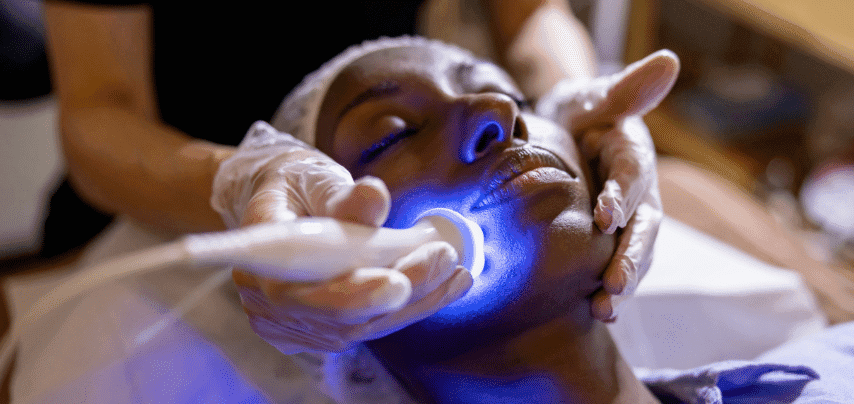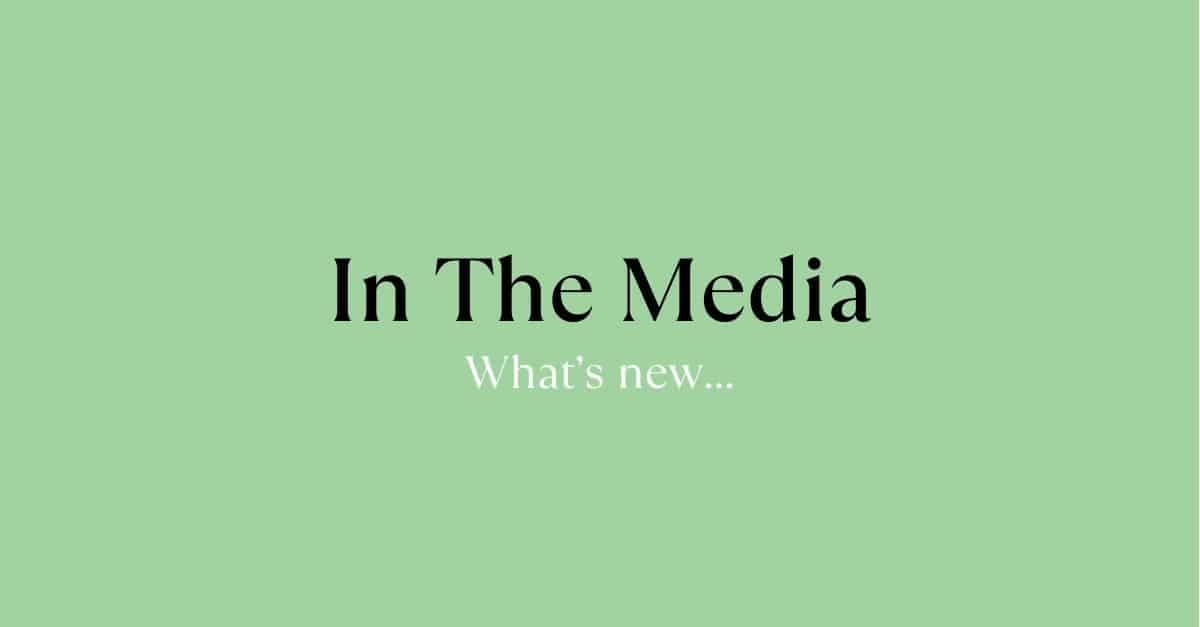After eight months of deliberation, the Supreme Court has finally published its hotly anticipated judgment concerning psychiatric injuries suffered by secondary victims in clinical negligence claims.
There were three test cases before the Court – Paul and another (Appellants) v Royal Wolverhampton NHS Trust (Respondent) (supremecourt.uk). The question that arose in each case concerned whether, and if so, in what circumstances a healthcare provider can be held liable for psychiatric injury caused to a close relative of a patient who has been the victim of clinical negligence.
In a seminal judgment published this month, the Court resoundingly confirmed (by a majority of 6 judges to 1) that secondary victim claims for nervous shock have no place in most clinical negligence cases. The decision has come as a surprise to many commentators who anticipated a very different outcome and will be met with relief by healthcare practitioners and their insurers.
Nervous shock claims
For centuries, the basic law in England & Wales has been that a person cannot claim compensation for being affected by the death or injury of another person. However, in the past 50 years or so, two exceptions to this rule have evolved. The first exception is the Fatal Accidents Act 1976. This is outside the scope of this article but, in summary, entitles some relatives to claim a fixed amount of damages in compensation for their bereavement. The other exception allows a person (called a ‘secondary victim’) to claim compensation for personal injury (typically, psychiatric illness or ‘nervous shock’) caused by directly witnessing a negligently caused accident in which a close family member (the ‘primary victim’) is killed or injured.
The Courts have always recognised that, left unchecked, nervous shock claims have the potential to open the litigation floodgates to a whole new category of secondary victim Claimants. To keep the liability of defendants within reasonable bounds, the Courts have imposed very tight ‘proximity’ criteria which must be satisfied for a claim by a secondary victim to succeed. These criteria include proximity of relationship (there must be a ‘close relationship of love and affection’ between the primary and secondary victims); physical proximity to the accident (the secondary victim has to be either personally present at the scene of the accident or more or less in the immediate vicinity); and temporal proximity between the accident and the Claimant’s perception of it.
Historically, the legal cases that developed this exception to the general rule were all accident cases – they predominantly arose from close relatives witnessing fatal road traffic accidents or catastrophes such as the Hillsborough disaster. In more recent years, however, there has been a string of cases that have attempted – with limited success – to extend nervous shock claims to include cases where the primary victim has died as a result of clinical negligence. This legal battleground between healthcare providers and aspiring Claimants has been a feature of clinical negligence litigation for approximately 20 years.
Background to Paul & others
The three test cases before the Supreme Court this month were all clinical negligence claims. In each case, the Claimants’ psychiatric injuries were caused not by witnessing the death of a close relative in an accident, but by witnessing their death from a treatable medical condition that a healthcare defendant had negligently failed to diagnose and treat some weeks or months previously. Mr Paul died from a heart attack as a result of untreated heart disease. Esmee Polmear collapsed as a result of untreated pulmonary veno-occlusive disease. Evelyn Purchase died from untreated pneumonia.
In two of the cases, the Claimants were present when their father (in the case of Paul) and their young daughter (in the case of Polmear) died in shocking circumstances. In the third case (Purchase), the Claimant saw her daughter a few minutes after her death.
In each case, the Claimants argued that the death had been caused by an earlier negligent failure by a healthcare provider to diagnose and treat a life-threatening medical condition from which the deceased was suffering. The Claimants argued that the healthcare provider was not only responsible for the death of the person whose life was lost but was also liable to compensate them for their psychiatric injuries caused by their experience of witnessing the death (or its immediate aftermath).
The cases had been referred on appeal to the Supreme Court on Appeal following a hearing in the Court of Appeal in 2022. The Court of Appeal ruled that all three cases must fail because the necessary legal proximity tests were not met. This was because the psychiatric injury was caused in each case by a separate horrific event (namely witnessing the death or its immediate aftermath) that happened a considerable time after the primary negligence (the failure to diagnose).
The Supreme Court’s Judgment
By a majority of six judges to one, the Supreme Court dismissed the Claimants’ appeals. The judgment was decided on two broad bases:
-
There has to be an ‘accident’
The Court made a fundamental distinction between accident cases and disease cases. As explained above, all three appeals were disease cases. The Supreme Court ruled that for a secondary victim to recover damages they must be present at the scene of an accident or its immediate aftermath. The Court defined an accident for these purposes as “an unexpected and unintended event which caused injury (or a risk of injury) by violent external means to one or more primary victims”. It was at pains to distinguish between an accident and any consequent injury (see para 105):
“An accident is an external event which causes, or has the potential to cause, injury: it is not the injury, if there is one, caused by the event."
Applying this definition of ‘accident’ means that there can only very rarely be a situation where a failure to treat a patient can be described as an ‘accident’ in the sense required for a nervous shock claim to succeed. The Court essentially disregarded the string of previous cases concerning nervous shock in a clinical negligence setting – which had focused on various issues such as whether there had been a horrifying event, or what counted as a single event – and has, at a stroke, almost completely ended the possibility of a successful nervous shock claim in a clinical negligence setting.
-
No duty of care owed to a secondary victim
In considering whether to extend secondary victim cases to include cases where the claimant’s injury is caused by witnessing a negligently caused ‘medical crisis’, the Court stated that it was essential to look at the extent of a healthcare provider’s duty of care. Specifically, whether the provider owed a duty of care for the health of members of the patient’s family, in addition to the duty that it owed to the patient.
Significantly, the Court decided that to extend the duty of care in this way would be a step too far. It stated (at paragraph 138):
“…We are not able to accept that the responsibilities of a medical practitioner, and the purposes for which care is provided, extend to protecting members of the patient’s close family from exposure to the traumatic experience of witnessing the death or manifestation of disease or injury in their relative. To impose such a responsibility on hospitals and doctors would go beyond what, in the current state of our society, is reasonably regarded as the nature and scope of their role.”
Has the door now been completely shut on recovery by secondary victims in medical negligence cases?
Although this decision will preclude secondary victim cases arising from witnessing the effects of a delayed or missed diagnosis, the Court would not go as far as to rule out all secondary victim cases arising from clinical negligence. It remains possible that there could still be some scope for a claim, but the requirement for there to be an accident (as defined), means that the circumstances where this might be so will be very limited. Various hypothetical examples were discussed in Court – including the scenario where a doctor injects a patient with a wrong dose or a wrong drug, inducing an acute adverse reaction which is witnessed by a close relative. However, the Court would not be drawn into identifying potential exceptions, stating that this was an issue for another day.
Why this decision matters
In summary, the Supreme Court has now determined that witnessing an ‘accident’ (defined as ‘an unexpected and unintended event which caused injury (or a risk of injury) by violent external means to one or more primary victims’) is a necessary condition for a secondary victim claim, but that witnessing a medical crisis (the suffering or death of a relative from illness) or its aftermath is not sufficient. This matters because it removes any prospect of a secondary victim claim arising from a situation where a doctor has prescribed the wrong medication to a patient at a point in time before their death where the relative is not present at the time of the negligence but does witness the patient’s later deterioration or death.
This decision is highly significant for the public, healthcare providers and insurers. It has been met with dismay by Claimant representatives who view the judgment as the latest in a line of ‘doctor-friendly’ decisions by a conservative thinking Supreme Court. Conversely, the judgment has been welcomed by healthcare providers and their insurers – not least for the clarity it now brings to such a contentious area of the law that many feared had genuine potential to open the floodgates to a whole new class of litigants.
The information contained in this article does not represent a complete analysis of the topics presented and is provided for information purposes only. It is not intended as legal advice and no responsibility can be accepted by Altea Insurance for any reliance placed upon it. Legal advice should always be obtained before applying any information to particular circumstances.



